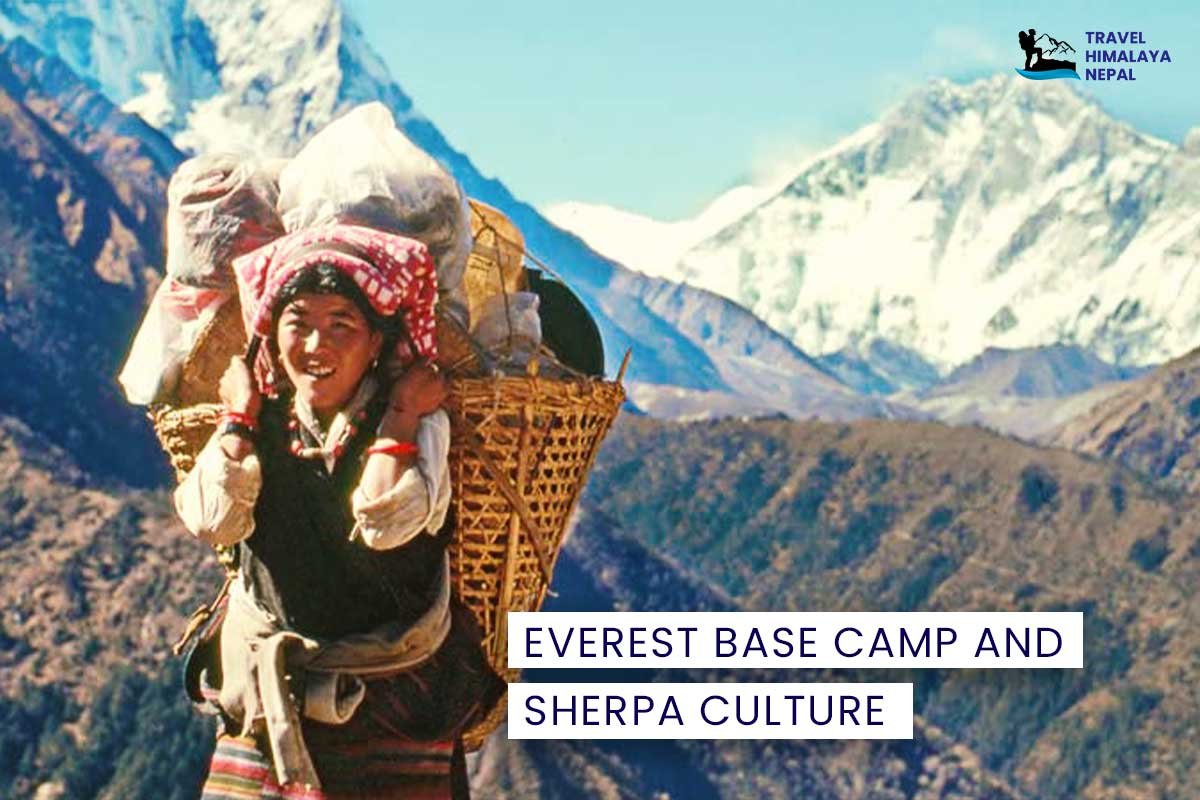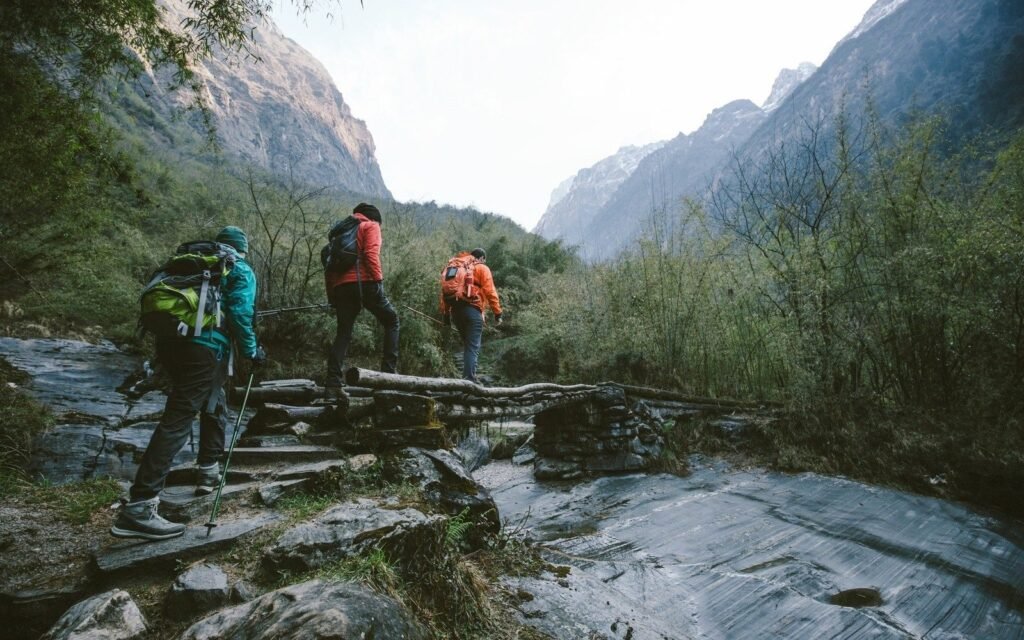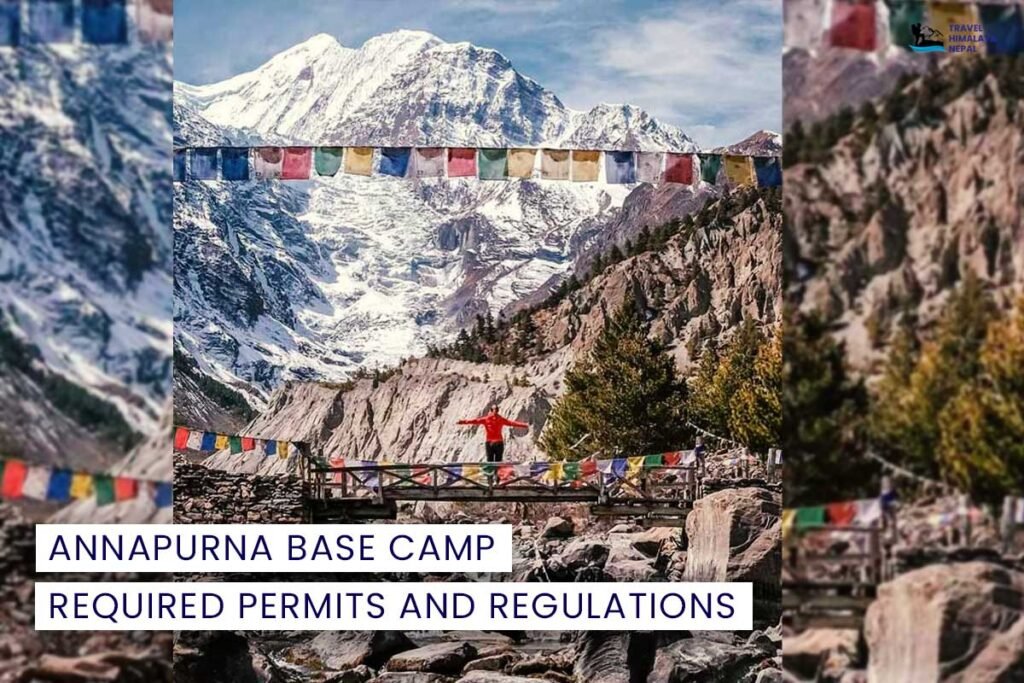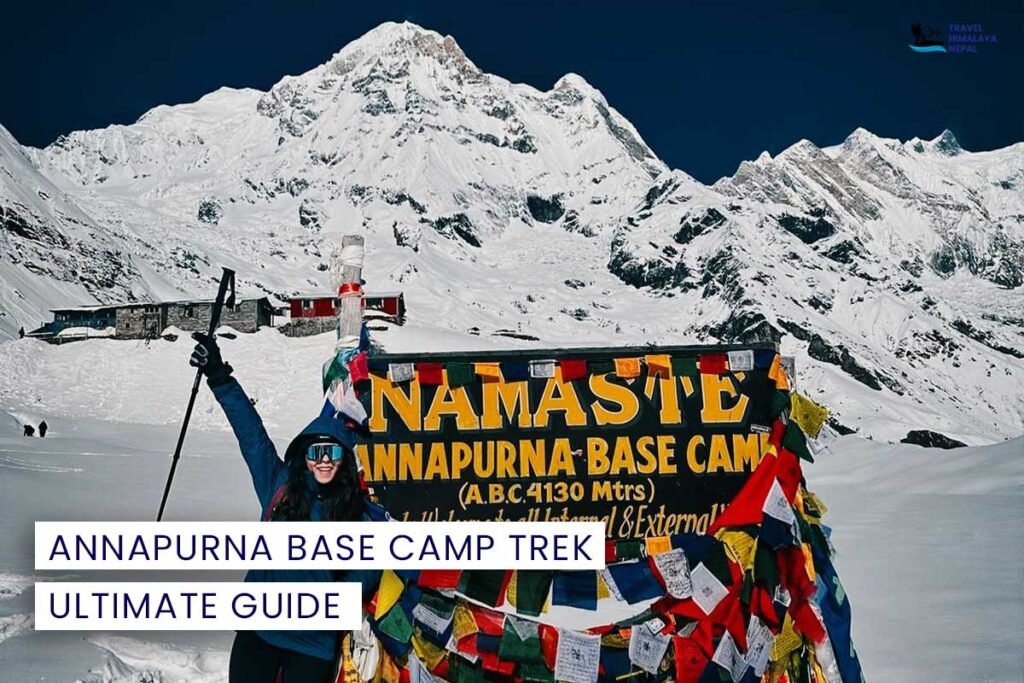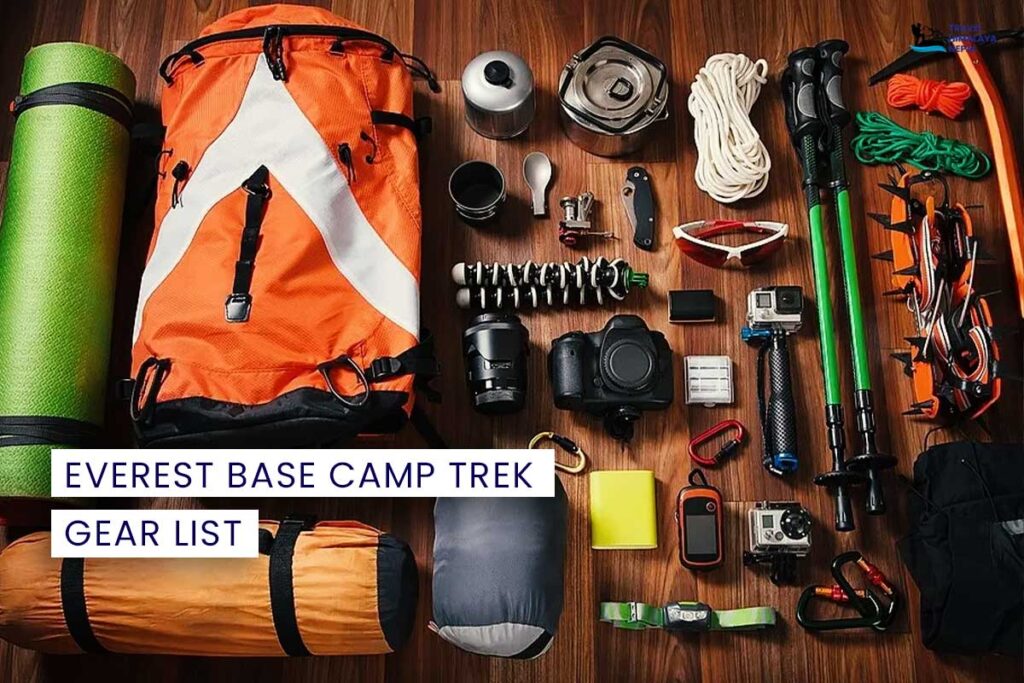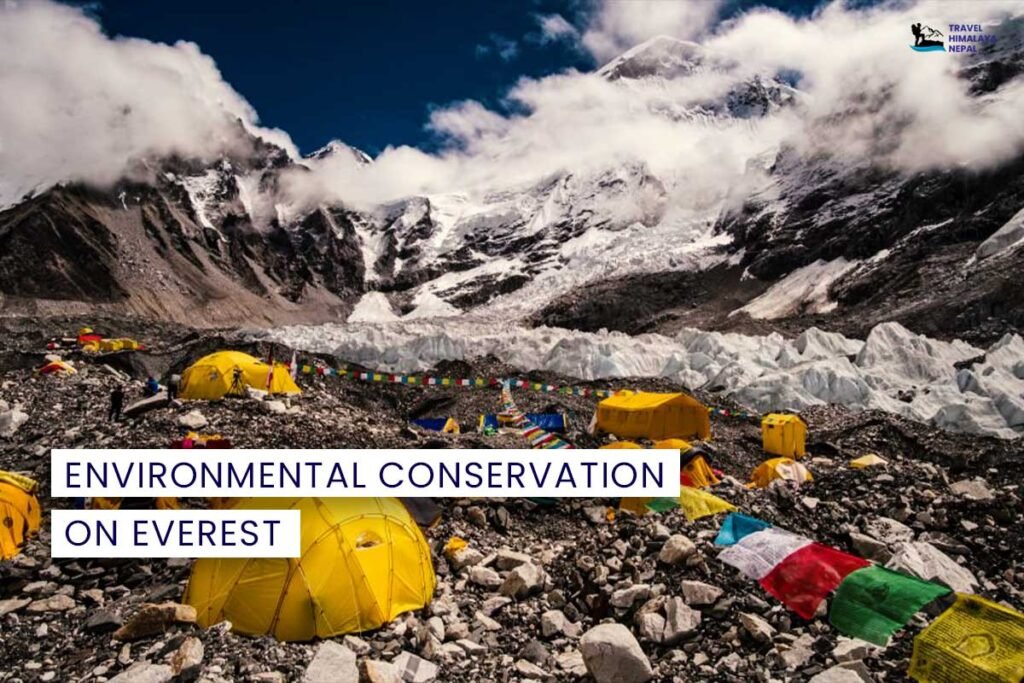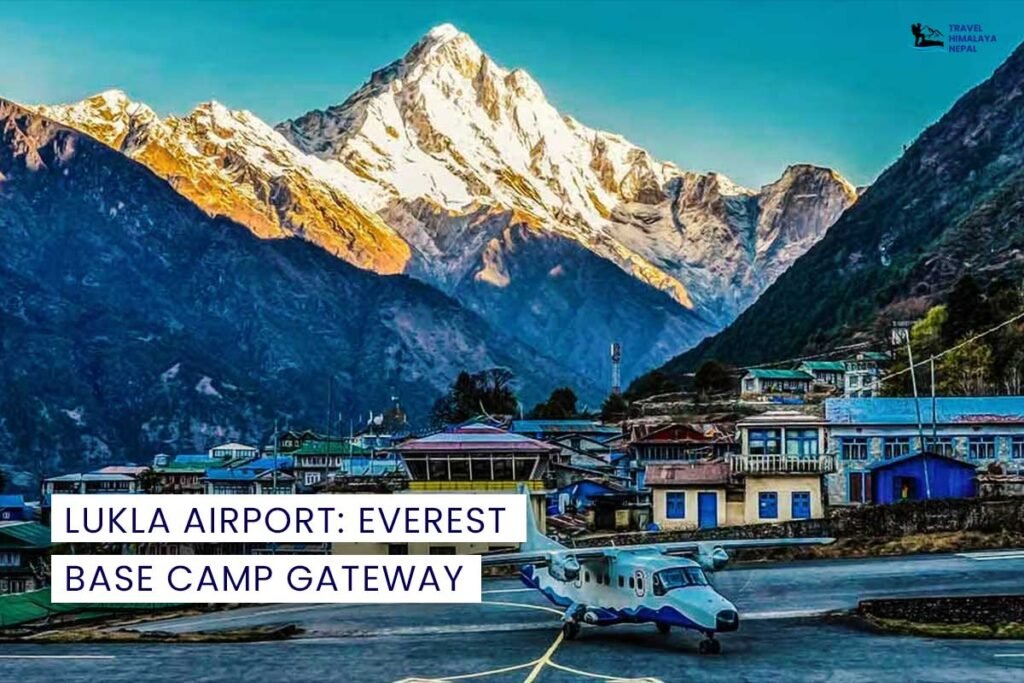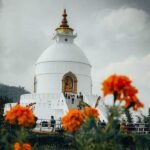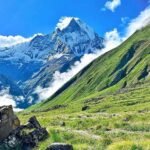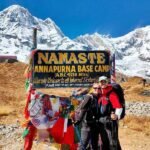Embark on a journey beyond the breathtaking panorama of the Everest Base Camp. This trek delves into the heart of the Solukhumbu region, where the legendary Sherpa culture thrives. Witnessing their way of life amidst the majestic Himalayas offers a profound experience that goes beyond the physical challenge of the trek.
Sherpa Culture: A Glimpse into the High Himalayas
- Origin and Language: The Sherpas are an ethnic group of Tibetan descent inhabiting the Khumbu region. Their language, Sherpa, is a dialect of Tibetan.
- Deeply Rooted Traditions: Sherpa culture is steeped in Buddhist values and reverence for the mountains. Their festivals, like Mani Rimdu, showcase vibrant masked dances and colorful ceremonies.
- Hospitality: Renowned for their warmth and generosity, the Sherpas welcome trekkers into their homes, offering a chance to experience their unique way of life.
- Mountaineering Legacy: World-renowned climbers, Sherpas play a pivotal role in Everest expeditions, their skill and knowledge being instrumental in numerous successful summits.
The Trek: A Journey Through Sherpa Villages
- The Trail: The Everest Base Camp trek winds through picturesque villages like Namche Bazaar, Tengboche, and Dingboche.
- Local Interactions: Engage with the Sherpa people, visit their monasteries, witness their traditional crafts, and learn about their customs.
- Homestay Experience: Opt for homestays in Sherpa villages for an immersive cultural experience. Sharing meals and conversations fosters a deeper understanding of their lives.
Key Takeaways:
| Aspect | Description |
|---|---|
| Focus | Everest Base Camp Trek & Sherpa Culture |
| Region | Solukhumbu, Nepal |
| Activities | Trekking, cultural immersion, visiting monasteries |
| Highlights | Stunning Himalayan scenery, Sherpa villages, traditional way of life |
| Difficulty | Moderate to challenging |
Planning Your Trek
- Best Time: Spring (March-May) and Autumn (September-November) offer pleasant weather conditions.
- Permits: Obtain the required permits (Everest National Park entry fee, Trekkers’ Information Management System (TIMS) card) beforehand.
- Guide and Porter: Consider hiring a local Sherpa guide for their expertise and cultural insights. They can also help arrange logistics and homestays.
Responsible Tourism:
- Respect the Culture: Dress modestly, seek permission before photographing individuals, and be mindful of local customs.
- Support Local Communities: Choose eco-friendly lodges and opt for local products and services.
Cultural Gems Along the Trek:
- Tengboche Monastery: Nestled amidst breathtaking scenery, this ancient monastery is a significant religious center for Sherpas. Witness the resident monks engaged in their daily rituals and admire the intricate Buddhist murals.
- Monasteries of Khumjung: Explore the village of Khumjung, famous for the Hillary Trust School and the Khumjung Monastery. This monastery houses a fascinating collection of artifacts, including the scalp of a Yeti (allegedly).
- Mani Stones and Prayer Flags: Encounter prayer flags fluttering in the wind and mani stones inscribed with Buddhist mantras lining the trail. These elements signify the Sherpas’ deep spiritual connection to the Himalayas.
Festivals and Celebrations:
- Mani Rimdu: Held in Tengboche Monastery during the full moon of the Tibetan calendar, this vibrant festival features masked dances, colorful costumes, and traditional music.
- Yarthung: Witness the lively Yarthung festival in Thame village, where masked dances and a reenactment of a mythical battle between good and evil take center stage.
Everest Region Gastronomy:
- Dal Bhat: A staple Sherpa dish consisting of lentils, rice, vegetables, and optional meat. Simple yet nutritious, it provides the perfect fuel for the trek.
- Yak Cheese (Chhurpi): A local delicacy made from yak milk, available in various textures. It’s a great source of protein and a popular souvenir.
- Yak Butter Tea: A warming beverage made from yak butter, tea leaves, salt, and sometimes milk. It’s a high-calorie drink perfect for the cold mountain climate.
Challenges and Considerations:
- Altitude Sickness: Gradual ascent and proper acclimatization are crucial to avoid altitude sickness. Be aware of the symptoms and descend immediately if needed.
- Physical Fitness: While the Everest Base Camp trek is not technical, a moderate level of fitness is required due to the long distances and high altitude.
- Weather Conditions: The Himalayas are known for unpredictable weather. Pack for all possibilities, including rain gear, warm layers, and proper footwear.
Travel Tips:
- Pre-departure fitness: Train adequately to ensure a smooth and enjoyable trekking experience.
- Proper Equipment: Invest in good quality hiking boots, clothing suitable for various weather conditions, and a sturdy backpack.
- Travel Insurance: Obtain comprehensive travel insurance covering medical emergencies, trip cancellations, and helicopter evacuation if needed.
Conclusion:
The Everest Base Camp trek transcends the physical challenge. It’s a cultural expedition, a chance to be humbled by the Himalayas’ grandeur and enrich your understanding of the Sherpa people’s unique way of life.
The Everest Base Camp trek with its cultural immersion offers an unparalleled Himalayan experience. By understanding and appreciating the Sherpa way of life, trekkers gain a deeper appreciation for the region’s rich heritage. Remember, responsible tourism practices ensure the preservation of this unique culture for future generations.
FAQs about Everest Base Camp Trek and Sherpa Culture:
1. What is the difficulty level of the Everest Base Camp Trek?
The Everest Base Camp Trek is considered moderate to challenging. While technical climbing skills are not required, the high altitude (around 5,364 meters/ 17,598 feet) and long daily hikes demand a good level of fitness.
2. What is the best time to trek to Everest Base Camp?
Spring (March-May) and Autumn (September-November) offer the most favorable weather conditions for the Everest Base Camp Trek. During these seasons, you’ll experience clear skies, moderate temperatures, and less chance of rain or snowfall.
3. What are the cultural highlights of the Everest Base Camp Trek?
- Sherpa villages: Immerse yourself in the unique way of life of the Sherpa people by visiting their villages and experiencing their hospitality.
- Monasteries: Explore significant religious centers like Tengboche Monastery and Khumjung Monastery, witnessing traditional Buddhist practices and architecture.
- Festivals: Witness vibrant festivals like Mani Rimdu and Yarthung, showcasing masked dances, colorful attires, and a deep connection to their cultural heritage. TAAN
4. What are some essential things to pack for the Everest Base Camp Trek?
- Proper clothing: Pack for various weather conditions, including thermals, waterproof layers, a sturdy windproof jacket, and comfortable hiking pants.
- Good quality hiking boots: Ensure proper ankle support and consider breaking them in before the trek.
- Daypack and backpack: A comfortable backpack to carry your essentials and a smaller daypack for day hikes.
- Essential medical supplies: Basic medications like Diamox (altitude sickness), pain relievers, and medications for any personal conditions.
5. How can I be respectful of Sherpa culture during the trek?
- Dress modestly: Avoid wearing revealing clothing, especially when visiting religious sites.
- Seek permission: Ask before taking photographs of individuals or entering private property.
- Be mindful of customs: Learn basic greetings in the local language and avoid loud noises or disrespectful behavior in sacred areas.
6. What are the environmental considerations for trekking in the Everest Region?
- Minimize waste: Pack reusable water bottles and avoid single-use plastics. Properly dispose of any waste generated during the trek.
- Support local communities: Choose eco-friendly lodges that follow sustainable practices and opt for locally sourced products whenever possible.
- Respect the natural environment: Avoid disturbing wildlife and refrain from littering or damaging the fragile ecosystem.
7. Is it mandatory to hire a guide for the Everest Base Camp Trek?
While not mandatory, hiring a certified Sherpa guide is highly recommended. Their expertise in navigating the trails, managing altitude risks, and providing cultural insights can significantly enhance your trekking experience.
8. What are the costs involved in the Everest Base Camp Trek?
The cost of the trek varies depending on factors like the chosen package, duration, group size, and level of service. It typically includes permits, accommodation, meals, guide fees, and transportation to the starting point.

